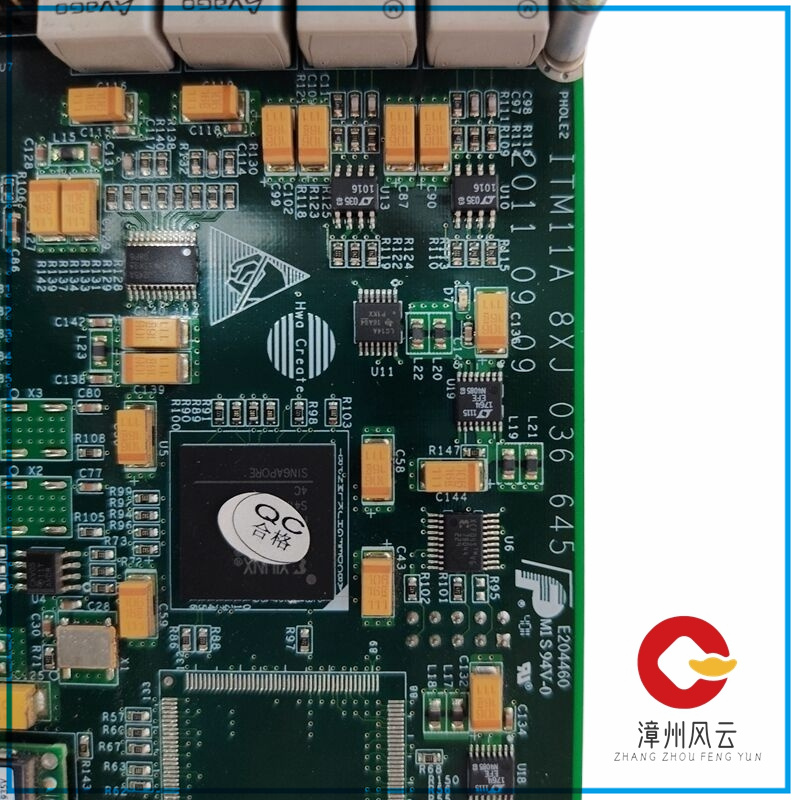Virtual DCS (ViRTUal DCS) refers to the representation of real DCS in a non DCS computer system in some form, relative to real DCS operating in process industrial systems. “Virtual” is a widely used high-tech concept nowadays, such as “virtual reality” that realizes visual simulation, “virtual instruments” that use CRT interaction, and “virtual conferences” that build remote multimedia two-way communication.

Of course, virtual technology is entirely built on today’s high-performance computer hardware, software, and network systems. Virtual DCS is different from other virtual technologies in that its virtual object is also a computer system, rather than a general physical system. Virtual DCS aims to reproduce a computer system on a computer system, specifically, to reproduce a distributed control computer system as realistically as possible in a typically open platform computer information management system. Virtual DCS is one of the foundations of digitalization in process industry.
In practical applications, in order to achieve system application goals such as design debugging, personnel training, testing and diagnosis, it is necessary to reproduce the real DCS in non DCS computer systems. There are currently three forms, which are achieved by obtaining system resources at different stages of the lifecycle, such as DCS control design, offline configuration, and composition of the operating system.
1. Stimulation of DCS – typically a simplified input/output board and peripherals, utilizing appropriate or minimal configurations of real DCS hardware, software, and network systems to reproduce DCS. DCS has the highest software and hardware fidelity, but the implementation cost of software and hardware is high, and it is difficult to connect with the object model system, making it impossible to complete complex simulation application functions.
2. Virtual DCS – After completing DCS configuration, intelligent compilation and conversion of DCS network download files are used to achieve platform transfer and reproduction of DCS. Virtual DCS should have extremely high software function realism, low implementation cost, and be able to complete complex simulation application functions.
3. Simulation of DCS – As long as the DCS completes the control function and logic design, it can be simulated according to the design drawings. Simulation DCS has been a commonly used form of training simulation systems for many years. Although the implementation cost is not high and it can complete complex training simulation application functions, the software’s fidelity and credibility are relatively low, and tracking and modification are difficult. It is almost impossible to complete advanced application functions beyond personnel training functions.
The characteristic of virtual DCS is that the control parameters and algorithms come entirely from downloaded files, using the same algorithms, modules, time slices, tag numbers, etc. as DCS, and can be synchronously modified and updated. The software features are highly realistic. It can be said that virtual DCS can be truly effective, economical, and widely applied in personnel training and online detection and diagnosis, meeting the needs of digitalization in process industries such as thermal power generation.